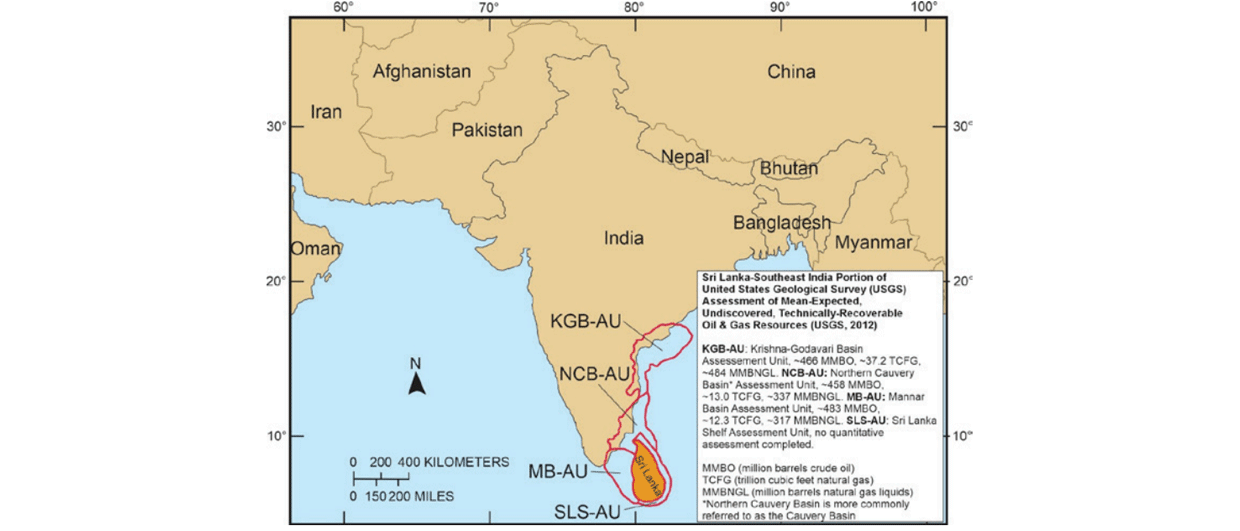With reservoir temperature of 200 °C and formation pressure higher than 800 bars, Victoria is a true hot spot, not only in Norwegian waters, but also in a world perspective. It belongs to a class of deeply buried reservoirs that are classified as High Presseure/High Temperature fields (HP/HT) mostly found deeper than 5000m below the surface.
Kristin (GEO ExPro No. 3, 2004), another HP/HT field is situated close by, others are found in the North Sea (e.g. Elgin/Franklin: reservoir temperature of 190 °C and formation pressure of 1100 bars) and in particular in the Gulf of Mexico. Total has also increased their skills with this kind of reservoirs in the Lacq field in the Pyrenees that has a reservoir temperature of 150 °C and initial pressure of 675 bars.
HP/HT reservoirs are associated with high risk, especially risk related to reservoir quality, drillability, well data acquisition and productivity. Nevertheless, Total has gained worldwide experience with such fields and is now eagerly pursuing the Victoria discovery as the company feels obliged to search for new projects to replace their reserve base.
In January, Total spudded well 6506/9-1 to appraise the structure, and it will take several months to reach the target and carry out an extensive and prolonged production test. The discovery well, 6506/6-1 (the prospect was then named Belladonna), was drilled by Mobil in 2000 and encountered gas in the Lower and Middle Jurassic. A production test was for technical reasons not carried out.
The well penetrated a significant thickness of porous and permeable sandstone in the Middle Jurassic Ile and Lower Jurassic Tilje formations. Hydrocarbons recovered from both indicate a dry gas containing 10% CO2. The reservoirs are laminated and typically of variable quality with a significant part of the resources situated in poor quality layers.
“A fundamental observation in the Western Halten Terrace is that the chlorite rich, good porosity intervals are strictly facies controlled. It is therefore important to understand the facies distribution in order to develop this discovery in the future. Since seismic data is of little value for reservoir quality characterization purposes and serves mainly to control the structural elements, the strategy on Victoria is to get maximum information from well data,” says Hope.
“The challenge in the Victoria well is adequate characterization of the reservoirs. Standard logging tools do not have sufficient vertical resolution to characterize thin-bed reservoirs and hence a fundamental part of TOTAL s strategy is coring.”
An extensive data collection and test program are planned for this well. Of particular interest will be the productivity in poor permeability layers. The well acquisition program will hence be costly. Victoria is regarded as a Leading Edge operation with associated technical developments to assist the Victoria exploration appraisal and development program. In particular, a high temperature dual packer MDT tool has been developed in cooperation with Schlumberger. This new tool has specifications up to 210° C thanks to improved materials and will be capable of Mini-DSTs including interference testing to better determine vertical permeability. Another program is progressing with Halliburton to produce high temperature MWD tools ready for potential development wells on the Victoria structure in the future.
 Victoria is situated some 240 km west of Brønnøysund, and about 50 km north of the giant field Åsgard with original reserves of more than 600 MMbo and 180 Bm3 of gas. Illustration: Geocap
Victoria is situated some 240 km west of Brønnøysund, and about 50 km north of the giant field Åsgard with original reserves of more than 600 MMbo and 180 Bm3 of gas. Illustration: Geocap




